[Marsha Horiuchi of Edo]
June 19, 2015 09:00
This time, it is located at 4-chome Nihonbashi Muromachi, where I accidentally passed by.
"Nihonbashi Fukushimakan MIDETTE"
This is an announcement of the fossil excavation experience.
Now, Fukushima Prefecture has suffered various reputational damages, and the number of people going out for sightseeing seems to be drastically decreasing.
Therefore, the Boratia people are famous for producing a lot of fossils (ammonites, ).
It was appealing at MIDETTE.
At the back of the restaurant, you can feel free to excavate.
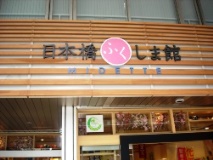
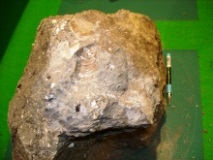
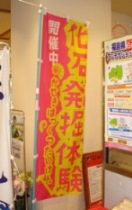
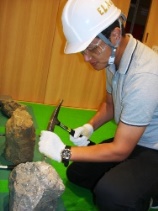
I guess it's not good for free study during school summer vacation, but I'm exclusively a hot spring.
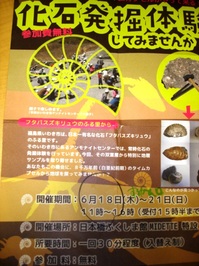
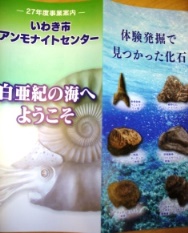
Sometimes it was a rainy season. Cool Biz will be available until the end of October.
Until the autumn wind blows without blurring with daily ingenuity.
[Marsha Horiuchi of Edo]
June 18, 2015 14:00
The word "Shigatefu" often appears in historical novels and city history pamphlets.
Speaking of now, it would be per 1-chome Muromachi, but the origin of the name was curious.
Recently, I found an explanation on the first floor of a corner building across the east intersection of Nihonbashi Kitazume.
I'm finally refreshed. (1st floor of the black building in the photo below)
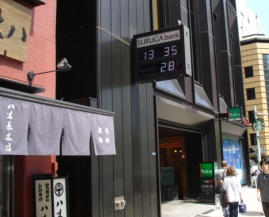
It's written in that explanation.
There used to be a corner called Surugacho in Nihonbashi. When Ieyasu Tokugawa opened the Shogunate in Edo.
Surugacho was the land given for the townspeople who followed the country of Suruga.
At that time, it was reported that there were reeds all over here.
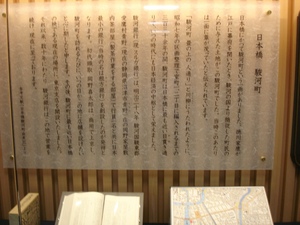
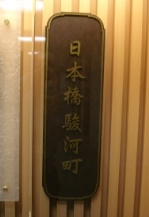
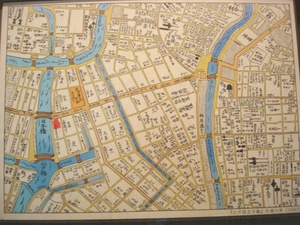
Nihonbashi in Edo, located in Hiroshige's "Hundred Famous Views of Edo", looks like the shutters of Yutodo in the neighborhood of Muromachi.
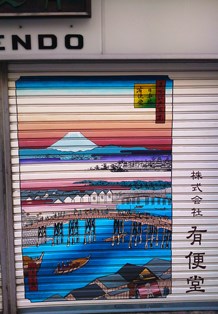
Nihonbashi, where no expressways are built
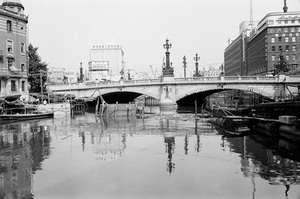
Nihonbashi, where highways are built, and giboshi, at the departure and departure point of Nihonbashi South Packing.
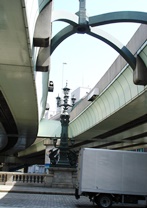
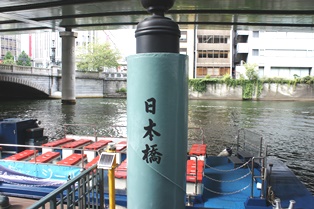
Restore Nihonbashi in the 19th century on the 3rd floor of the departure lobby from Haneda Airport!
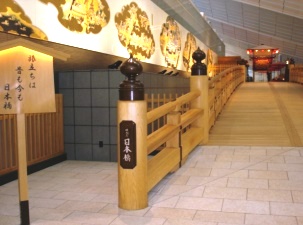
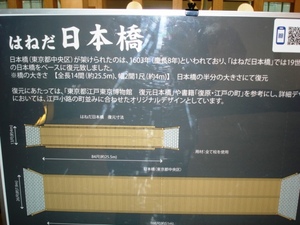
Photo above Chuo-ku in 1944 (in front of Mitsukoshi Station)≫
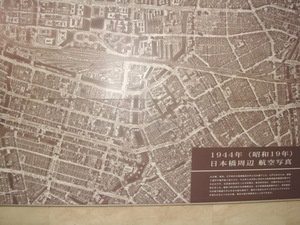
Cool Biz is until the end of October, making you wonder why a tie is needed.
It's an early heat these days. Until the autumn wind blows without blurring with daily ingenuity.








